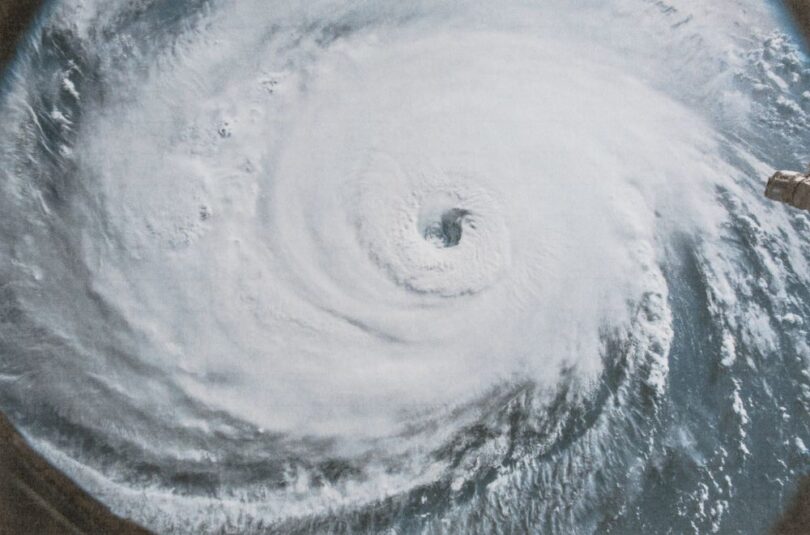The Science
While tropical cyclone (TC) intensification has been studied over the open ocean regions previously, past studies haven’t considered changes in storm intensification specifically in coastal regions at the global scale. To address this gap, researchers used a combination of observations and numerical models to examine changes in TC intensification rates and their environment in global coastal regions. They found that the mean TC intensification rate has increased globally in coastal regions, while a broader increase in storm intensification over the open ocean could not be found. Decreasing wind shear near major coastlines was identified as a major contributor for the historical and projected increases in coastal TC intensification.
The Impact
The results from this study have profound implications for hurricane forecasters, decision-makers, and the people living in coastal areas in the global tropics and subtropics. While TC intensification can be important in general, when a storm intensifies rapidly, particularly close to the coast before landfall, the consequences can be disastrous as it affects preparedness and emergency planning. Recent TCs such as Idalia (2023) and Otis (2023), which caused devastating landfalls over Florida and the west coast of Mexico, respectively, are examples of such instances.
Summary
First, the team of researchers led by PNNL analyzed direct TC observations from best track data to demonstrate that TC intensification rates have increased significantly in coastal regions globally. Over the period 1979-2022, the mean TC intensification rate has increased by about 3 knots per 24 hour in regions close to the coast. A similar increase in intensification was not detected for the offshore regions. Next, to understand these changes in TC intensification, they examined trends in the storm environment from reanalysis. Relative to offshore regions, stronger increases in mid-tropospheric relative humidity and larger decreases in vertical wind shear were obtained for nearshore regions. Further, to understand whether these changes will continue into the future and the role of climate change, the researchers analyzed simulations from fully coupled climate models belonging to HighResMIP and CMIP6. Consistent increases in coastal TC intensification were obtained, with decreasing vertical wind shear identified as a major cause. Finally, to understand the reason behind the projected decrease in coastal wind shear, idealized numerical experiments with a stationary wave model were performed. The experiments suggest that enhanced ocean warming in the eastern tropical Pacific along with a weakening of the Asian monsoon anticyclone were primarily responsible for the decreasing vertical wind shear over the Northern Hemisphere coastal regions.







